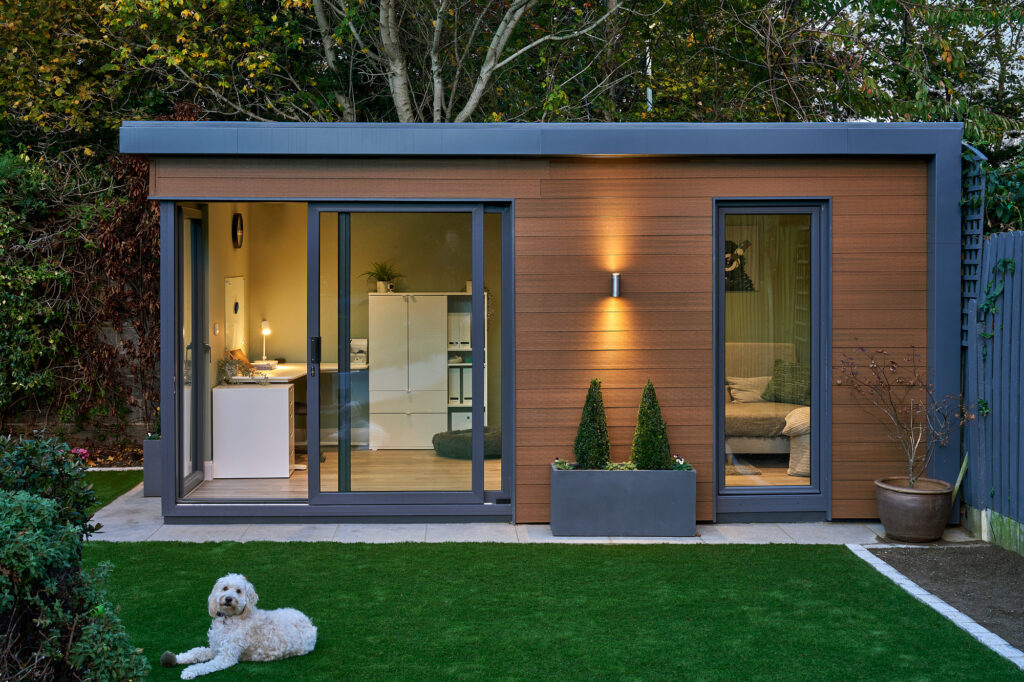In the second of a series of blogs about the energy performance of buildings, we discuss the issue of airtightness.
The easiest way to understand the impact of airtightness in buildings is through our own experience with clothes. You are out on a nice day with your shirt or t-shirt hanging out over your jeans. It starts to get cooler and without even noticing, you are tucking your shirt into your jeans. That’s airtightness. Way back, buildings leaked air at a phenomenal rate, through chimneys, floorboards and badly fitted windows and doors, to name a few culprits. Now, at the upper end of building specifications, blow tests are done on houses to see how much air they leak.
The more airtight a building is, the better it is at sustaining a target temperature. The downside, however, of great airtightness is becoming a worrying issue –indoor air quality (IAQ). When there is little air circulation, moisture can be trapped, leading to deposits on cold surfaces, which can lead to mould growth, resulting in poor indoor air quality and respiratory health effects on residents.
Leakage of air through the building envelope (structure) impacts how well the building can maintain the desired temperature. The leaks most commonly occur where floors meet walls, walls meet roofs and at any openings, i.e. doors, windows and rooflights. The more leaks, the greater the energy loss and the heating system will have to replace the warm air lost. Leaks also cause draughts, and as we know well in Ireland, draughts are uncomfortable and make us feel cold even if the room temperature is in range.
So, it should be simple really. Make sure your building construction or retrofit project seals the leaks. If this is done well, no worries. Well, there is one big worry alluded to above – internal air quality (IAQ). If a building is airtight, air exchange and circulation has to be dealt with to ensure the air quality isn’t diminished. Stale, moist air leads to higher levels of bacteria and mould.
The most common solution is a mechanical air handling unit that causes air to be exchanged in all rooms. The mechanical unit is normally located in the attic space with an air inlet/outlet system that also has an exchange unit. The exchange unit takes the energy of the warm air being extracted and transfers it to the cooler coming in.
The performance levels of modern homes are reaching a stage of performance that we have to consider a cooling element for our homes in the summer. But that is a totally different story to what we are used to in Ireland. For some, this raises the question, “have we gone too far with our insulation requirements for our homes?”



